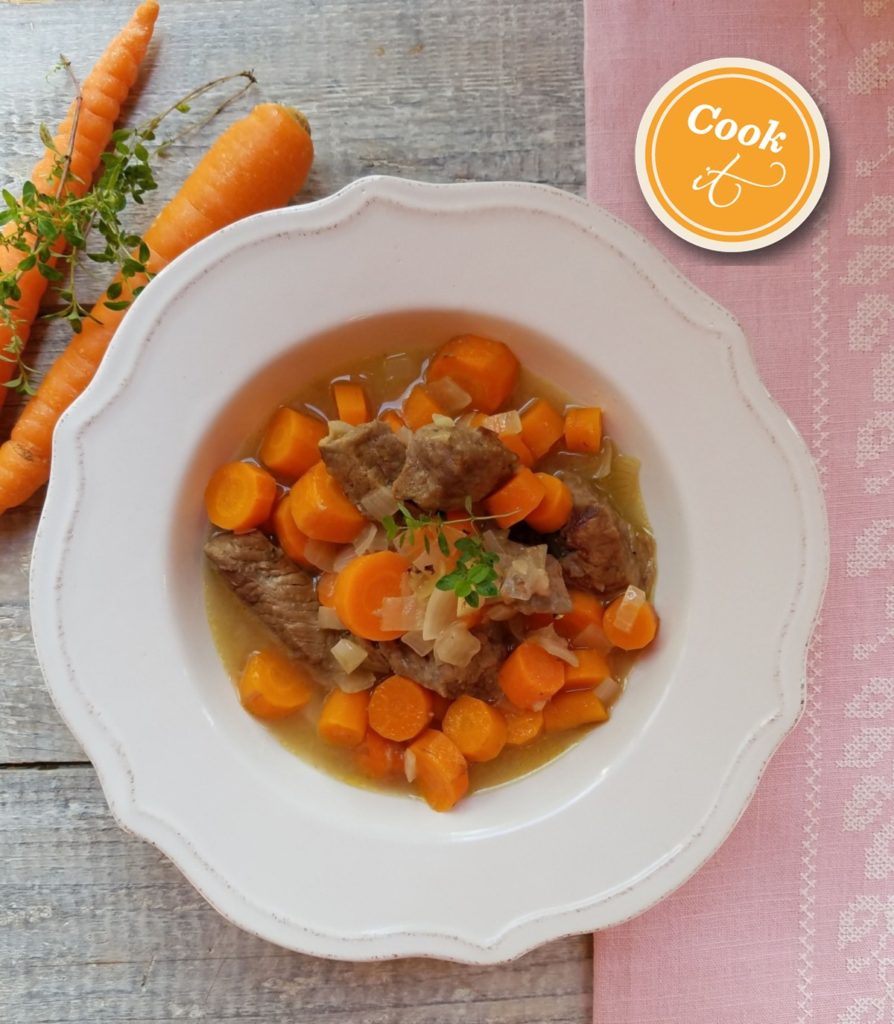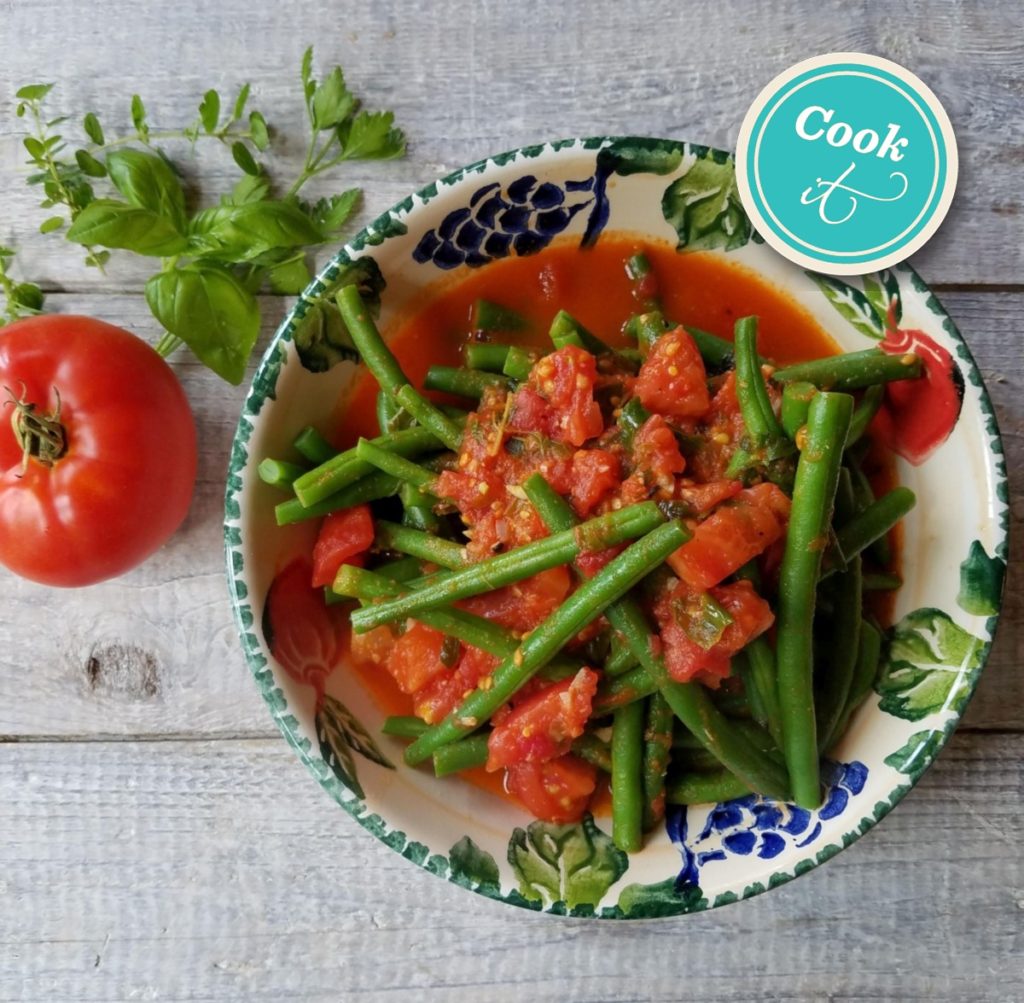When Barbara Santich and her husband John relocate from Australia to France, packing up their infant twins and without jobs to go to nor a place to stay, caution is thrown to the wind. It was the seventies; the world may have been no safer than it is today but to many it seemed that way. A mixture of naivety and optimism carry this little family through two peripatetic years in France, during which disaster and delight are delivered in almost equal measure.
Santich is a highly respected Australian food writer, academic and culinary historian, with nine previous books to her credit. In 1977 she was an aspiring food writer who’d fallen under the spell of Paris during a student visit three years earlier and yearned to return. Cajoling her new husband with charcuterie and French cheeses, she convinced him to play along. “In hindsight, it was rash, selfish, scatter-brained, impulsive, improvident, impractical, foolish and ill-advised,” Santich writes. “At the time it seemed perfectly reasonable to leave Australia on a one-way ticket to Paris.”
Barbara and John purchase a second-hand Citroen and travel to the south of France in search of a house to rent. They end up in the village of Nizas, about half way between Toulouse and Marseilles, where their presence raises eyebrows among the local populace. Santich describes the village women peering into the twins’ strollers “poking the children as if they were rabbits in a pot.” Thus begins the slow, often awkward or comical, but ultimately joyful, integration of the Australian family into the life of the village and Santich’s education in cooking the French way.
In the four tea chests of belongings Barbara and John ship to France are a few precious cookbooks, including Julia Child’s Mastering the Art of French Cooking and “all of Elizabeth David.” Despite the fact that these authors were credited with introducing authentic French cooking to the American and British publics respectively, Santich soon comes to realize that recipes have been adapted and compromises made in respect of ingredient differences as well as cultural preferences. She starts looking for recipes locally, picking up a brochure at the market, tearing out columns from women’s magazines, talking to new-found friends and picking up tips from shopkeepers and market vendors. Gradually, by observing, listening and tasting, her understanding of French cuisine develops and dishes like Boeuf aux Carrottes, (beef with carrots) clipped from a local newspaper, become part of her regular repertoire.
Santich takes a quasi-scientific approach in her study of French ingredients, buying the cheapest pâté and working her way up the price scale, paying attention to the subtle variations in taste and quality; and conducting side-by-side taste tests of supermarket butter (Elle & Vire wins). “Butter-tasting is a serious test demanding much concentration and quantities of baguette,” she writes. “I focus my senses, searching for differential nuances of flavour and texture.” She gives the same close attention to fish, chicken, cheese, wine and other French staples, ultimately concluding that “in France, and in food, quality and price have a direct relationship.”
After Nizas, the family rents a house in Provence and a cottage in a forest on the outskirts of Paris. Each lodging presents new challenges and each move is beset with obstacles but Santich has a perennial inclination to see the glass as half full, cheerfully regarding each setback as an opportunity to learn. When the cost of heating their final French abode throughout a damp, cold winter consumes the entire household budget, the family exists primarily on a sack of potatoes, purchased at bargain-bin price from a nearby farm. “At least four evenings a week our dinner is potatoes in one form or another, and I discover how versatile they can be,” Santich writes, including two of her favourite recipes — Pommes de terre au lard (sauté potatoes with smoked speck) and Gratin dauphinoise (potato gratin).
Santich echoes Elizabeth David’s style of recipe writing – conversational, descriptive, and lacking in instructional detail. You’ll need to know what goes into a bouquet garni and that it should be tied with a piece of string; how to peel a tomato (blanch it first), and how to eyeball quantities of ingredients such as olive oil and herbs.
While this vagueness of recipe writing may be frustrating to cooks who are used to the more didactic, North American style, I found that cooking from Wild Asparagus intensified my pleasure in reading it. This is how she must have felt, I said to myself as I followed Santich’s instructions for Haricots verts a la provençale (Green Beans, Provençale-style) and winged my way to producing a cup of tomato purée “made with fresh tomatoes, garlic and herbs.” The bean dish was lovely, fresh and summery, the kind of recipe that is designed for just-picked, seasonal produce at its peak of flavour. I was equally successful (and pleased) with the loosely written recipe for Boeuf aux carottes.

I don’t know if Santich kept a diary during her years in France; if not, her recall is extraordinary. Her recollections are so crystal clear and full of detail that the sense of time and place conveyed is immediate and immersive. The characters she meets and interacts with, from the haughty butcher in Nizas “Those are not lamb chops, madam, they are mutton chops,” to the vivacious Vivette, a vintner’s wife, come to life on the page with an engaging authenticity.
Santich writes with an ease and fluidity that belies the underlying craft. Words are carefully chosen, prose is evocative but never overblown. Santich wears her erudition lightly (she has a degree in Medieval French Literature, among other academic achievements) but her intelligence infuses every chapter. A keen observer, she is not happy just to look at her surroundings and the people she meets, but seeks to understand them, to unravel what makes people think differently from one another, to walk in their shoes.
Perhaps the most salutary lesson we can learn from Santich’s memoir in our current climate of xenophobia is that, if approached with a generosity of spirit and an eagerness to learn, the meeting of cultures need not involve clash or conflict. As Santich concludes after two years in France, some like their beans with some snap, others like them stewed. Vive la difference.

Wild Asparagus, Wild Strawberries is published by Wakefield Press in Australia. To purchase internationally, visit Book Depository – https://www.bookdepository.com/Wild-Asparagus-Wild-Strawberries-Barbara-Santich/9781743055335?ref=grid-view&qid=1524016297252&sr=1-1
See all of our cookbook reviews on Pinterest!


